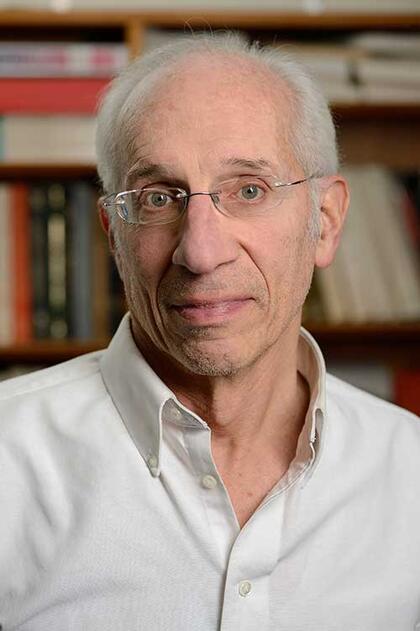David Yarkony, a world leader in theoretical chemistry and member of Johns Hopkins University's Department of Chemistry since 1977, died Nov. 22 following a heart attack. He was 75.

Image caption: David Yarkony
Yarkony's research in the theoretical understanding and computational investigation of nonadiabatic reactions changed scientists' understanding of radiationless decay some 35 years ago, ushering in the acceptance of conical intersections as an established paradigm. These reactions are involved in such everyday processes as photochemistry and electron transfer reactions.
The D. Mead Johnson Professor of Chemistry, Yarkony served as chair of the chemistry department from 2017 to 2021 and was deeply respected by his colleagues and students.
"Conversations with David were often sprinkled with his characteristic dry New York sarcasm and wit, but what was always clear was David's unwavering dedication to our department," said John Toscano, the department's current chair. "He was a tremendous colleague and great mentor to his students and junior faculty. He will be greatly missed."
Organic molecules—for example, a DNA base—generally don't fluoresce back to the ground state after being excited, but dissipate their energy by becoming internally excited instead. Yarkony's theoretical formulation about the couplings of potential energy surfaces provided a detailed mechanism of that process, explained Paul Dagdigian, Emeritus Academy Professor in the chemistry department. Yarkony then bolstered the utility of his approach by going beyond the formal theory and doing calculations on interesting molecular systems, beginning with relatively simple molecules and expanding to more complicated ones.
In a partnership uncommon between theoretical and experimental chemists, Yarkony published papers with Dagdigian, who arrived at Hopkins just three years before Yarkony. The two also brought their labs together, with Yarkony's students doing calculations and Dagdigian's doing experiments. "That allowed us to understand what was going on better in that particular system," Dagdigian said.
"He was somebody I could trust—both in talking about theory, and when he was chair, he was very straightforward," Dagdigian added. "He definitely was a straight shooter, and he had pretty high standards."
Yarkony continued to publish on conical intersections, producing more than 100 invited publications and journal articles. He also served as editor or co-editor of four books. Reflecting his esteem within his field, he chaired the Atomic and Molecular Interactions Gordon Conference in 2006 and the 26th Conference on the Dynamics of Molecular Collisions in 2017.
Yarkony earned a bachelor's degree in chemistry at SUNY at Stony Brook in 1971, and a PhD at the University of California, Berkeley in 1975. He came to Hopkins after two postdoctoral years at MIT, and he was named D. Mead Johnson Professor in 2001. He was a member of Tau Beta Pi, an Alfred P. Sloan Research Fellow, and a Fellow of the American Physical Society.
A long-time swimmer, Yarkony met his wife, Kathryn Yarkony, lead transplant coordinator at Johns Hopkins Hospital, while swimming in adjacent lanes.
Posted in University News
Tagged chemistry, in memoriam







